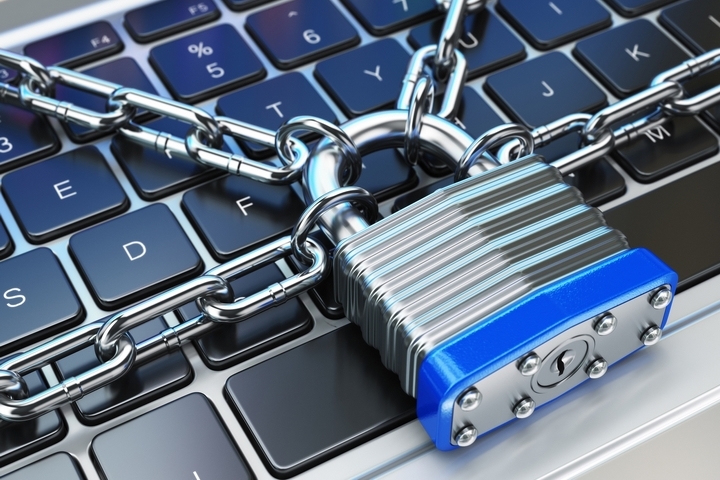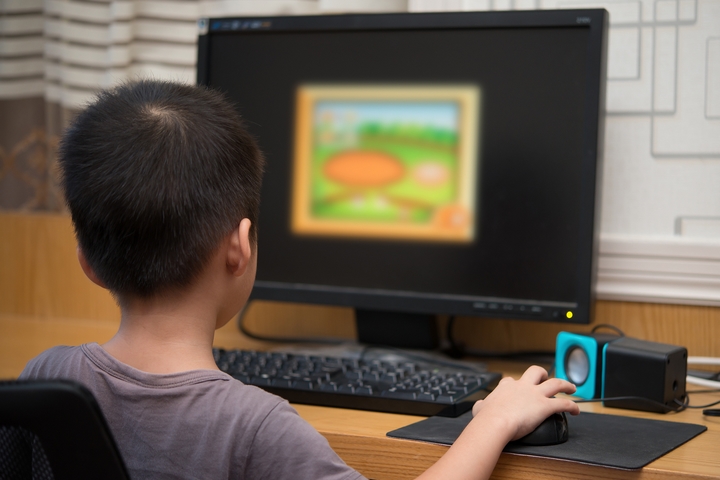With a variety of Internet packages available to households, the Internet has become an easy place to access from anywhere at any time. Today’s kids start logging online from an early age. Although the Internet is a very resourceful tool, it’s swarming with dangers. The risks faced online range from falling for scams, being cyberbullied, to horrible encounters with sexual predators online. Internet safety starts with educating kids about the Internet, teaching them about the dangers that lurk in the online world, and how to stay safe.
Internet safety is important, not just for the kids, but for everyone. If scammers can get information from grown-ups, imagine how easy it could be for them to get sensitive information from kids. Keeping kids safe on the Internet should, therefore, be a priority for parents and guardians.
There are many ways to ensure kids are browsing the Internet safely. Here are eight best ways to implement Internet safety for kids:
1. Educate your kids on how to use the Internet safely

Teaching kids about safe internet use is an essential step in keeping them safe online. Explaining the dangers of the Internet will help them identify potential threats and stay away from them. Stranger danger is as real offline as it is online. Teach the children how to identify fake people and fake sites and stay away from such.
Make sure the kids are aware of the dangers of sharing personal information. Teach them to avoid sites that ask for such information. Teens and older kids using social media platforms need to be educated about the dangers of online predators.
It’s important they learn about the tactics used by predators and to report such immediately they encounter them. They also need to be taught to identify and stay away from cyberbullies, and to be courteous to other internet users.
2. Set limits of Internet usage

The Internet is vast. It contains plenty of entertainment in the form of cartoons and games and other things your child might find interesting. Left on their own, kids can spend all day online. As the wise saying goes, too much of anything is dangerous; the same applies to Internet usage.
Limiting the time kids spend online is vital to maintain a healthy balance in their daily activities. Besides, Internet overuse can lead to health-related problems such as eyesight issues and poor posture due to sitting or slouching all day. Setting limits teaches them to use the Internet responsibly.
3. Keep the computers in common areas

Avoid keeping the computer or laptops in the kids’ bedrooms. Having the computer in a common area will remind the child that they are being supervised, and anything they browse online is visible to everyone. This helps to keep them from browsing prohibited sites as anyone passing behind them can see what’s on the screen. You are also able to monitor the time they spend at the computer.
4. Monitor their online activities

Monitor your children’s online activities to be sure they are staying on the right side of the Internet. Their devices should not have passwords, and if there’s a need to have one, you, as the parent, or a guardian, should know it. The browsing history should be continuously monitored, the same as the app history. Of critical importance is to find out which social media platforms they use and approve or disapprove them.
5. Install an antivirus and anti-malware software

Antivirus software is a must-have on a computer. A good one will scan for viruses, malware, Trojans, and spyware. It will also prevent access to fake or scam websites. Phishing attempts can also be thwarted with good antivirus software. Kids can find themselves browsing links that seem harmless but which are actually scams. Having a good security software installed will protect them and prevent unauthorized access to the system.
6. Use a child-friendly search engine

There are child-friendly search engines that help kids stay safe online by blocking access to unsuitable sites and web addresses. These search engines are safer for kids than the standard search engines since they filter out unwanted content and are designed with kids in mind. ‘YouTube Kids’ is an example of such a site. You can download it as an app for mobile devices.
7. Use parental control software

Enforcing suitable parental control measures is essential too. There is software that prevents access to websites with offensive content. They also block access to pornographic sites. With the parental control software, you can limit what the kid’s user account has access to and manage their time quotas on the computer. You can also use this software to give the kids access to selected programs on the computer.
8. Use browser filters

Browsers come with settings that can filter access to specific websites and content on pages. You can set your browser to filter out nudity, profanity, inappropriate images and violence. You can also be specific about which websites you want to allow your kids to browse and block the rest. Some browsers also limit the amount of time your child can spend online.




